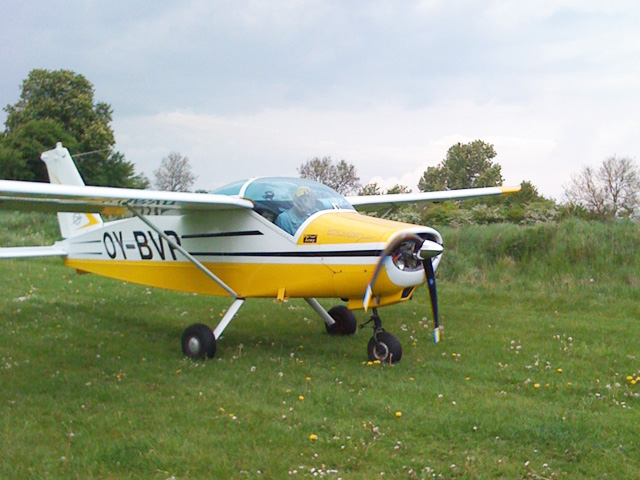nicolas claris
OPF Co-founder/Administrator
Hi folks
Long time no talk… Only because since some month I'm really busy and have not much time to devote to OPF…
Sorry for that, but I'm sure you'll understand: Below is my summer program (started last Monday in Denmark) till August 15…
Talking about the last shoot in Denmark, we were waiting for hours at the helicopter garage for the boat we were supposed to shoot, so we had quite a lot of time to chat with the pilot (that was a reaaaaaaaally remote place), became a discussion about strange (weird?) digicam unwanted effects the pilot showed me this image of his own plane, assuring that the prop shouldn't have this moustache look! And that I can understand LoL!

And yes, the prop were running
To his surprised I was not that much amazed and then showed him a photo of me shot by one of our client during a photoshoot:

I can assure everyone, that the heli blades were straight (in the real world!)
So dear techies, who can explain what is this strange behavior? How can you explain this?
Nice week-end to everyone
Long time no talk… Only because since some month I'm really busy and have not much time to devote to OPF…
Sorry for that, but I'm sure you'll understand: Below is my summer program (started last Monday in Denmark) till August 15…
Nyborg - The Great Belt Bridge Denmark/Sweden
Flensburg - Germany
Stockholm - Sweden
Saint-Petersburg - Russia
Helsinki - Finland
Mariehamn - Finland
Talinn - Estonia
Åland Islands - Finland
Visby (Gotland) - Sweden
Danzig (Gdansk) - Poland
Copenhagen - Denmark
Göteborg - Sweden
Marstrand - Sweden
Oslo - Finland
Palma de Mallorca - Spain
Les Voiles de Saint-Tropez -France
Bonifacio - Corsica, France
Porquerolles - France
Athens (Pireus) Greece
Göcek - Turquie
In no special order…Flensburg - Germany
Stockholm - Sweden
Saint-Petersburg - Russia
Helsinki - Finland
Mariehamn - Finland
Talinn - Estonia
Åland Islands - Finland
Visby (Gotland) - Sweden
Danzig (Gdansk) - Poland
Copenhagen - Denmark
Göteborg - Sweden
Marstrand - Sweden
Oslo - Finland
Palma de Mallorca - Spain
Les Voiles de Saint-Tropez -France
Bonifacio - Corsica, France
Porquerolles - France
Athens (Pireus) Greece
Göcek - Turquie
Talking about the last shoot in Denmark, we were waiting for hours at the helicopter garage for the boat we were supposed to shoot, so we had quite a lot of time to chat with the pilot (that was a reaaaaaaaally remote place), became a discussion about strange (weird?) digicam unwanted effects the pilot showed me this image of his own plane, assuring that the prop shouldn't have this moustache look! And that I can understand LoL!
And yes, the prop were running
To his surprised I was not that much amazed and then showed him a photo of me shot by one of our client during a photoshoot:

I can assure everyone, that the heli blades were straight (in the real world!)
So dear techies, who can explain what is this strange behavior? How can you explain this?
Nice week-end to everyone

